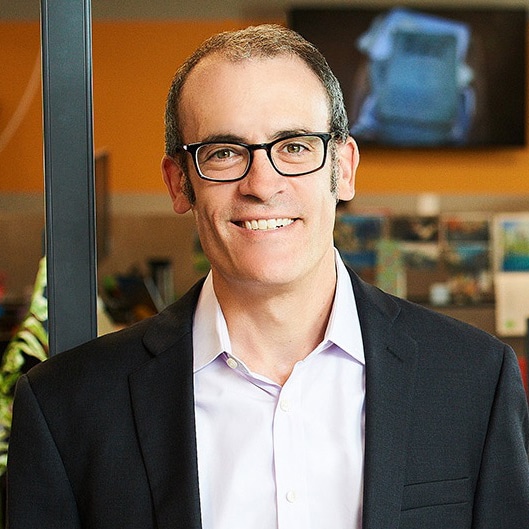Nathaniel Heller, Vice President and Managing Director for Geneva Global, shares three of the big-ticket questions non-profit boards are wrestling with — and how both peer mission-driven organizations and businesses can benefit from the debates. This article was first published Oct. 4, 2023, on Fast Company. Read Nathaniel’s insights below:
The return to semi-normalcy in 2023 has brought with it a renewed set of questions for non-profit boards of directors. With directors back in the room physically at board meetings grappling alongside management teams with the future direction of their organizations, “business as usual” is taking a back seat to more existential questions as organizations look to reset and align with a “new normal,” both logistically and strategically.
I’m privileged to serve on several non-profit boards of directors while advising others. These organizations range in size from local “mom & pop” operations to global organizations with annual budgets in the hundreds of millions of dollars. What’s fascinating is that the questions being asked inside of board rooms this year appear remarkably consistent across organizations, regardless of their size or their sectoral focus.
Here are three of the big-ticket questions non-profit boards are wrestling with and how both peer mission-driven organizations and businesses can benefit from the debates.
Question 1: Are we done forever with a headquarters office?
For organizations that operate nationally or internationally and are not in the business of making widgets in a factory, three-plus years of remote hiring has led to a sudden realization that the idea of a “headquarters” office may no longer be relevant. When up to two-thirds or even three-quarters of staff are working from home in remote locations, the idea of investing significant sums of capital in flagship office space sounds less and less appealing to boards of directors. Executive recruiting is mimicking the trends in staff hiring, with many search firms strongly advising boards and leadership teams that allowing for hybrid and/or remote work is essential to attract the best talent in 2023.
With all these trendlines, we should expect many organizations to transition to more flexible, smaller “touch down” offices in the coming years, especially larger non-profits where rent and related capital costs are non-trivial budget line items. Not only do their boards want to capture the cost savings, but some of these organizations’ donors are also asking questions about whether money currently going towards expensive urban rent would be better used supporting the organization’s programs and target communities.
Question 2: How do we build organizational culture in a permanently hybrid or remote world?
Pulling in the opposite direction of the desire to capture cost savings from office downsizing is a common anxiety being expressed in board rooms: We’re letting organizational culture slip away because we don’t see each other often enough.
This concern is particularly acute from Gen X and older executives and board members who largely cut their teeth professionally in traditional 9-to-5 office settings. They struggle to imagine how mentorship and upskilling of younger staff can occur effectively over Zoom and Teams, forever. They have a point; research continues to demonstrate that younger workers in their first professional positions struggle more than the average employee when they are largely or fully remote.
Interestingly, what some organizations are beginning to realize is that the cost savings associated with downsizing traditional headquarters office space might need to be reinvested into employee-to-employee travel, and into more regular and highly intentional offsites and team-/organization-wide retreats where intensive training and culture building can succeed. The net financial impact on organizations’ bottom lines might be close to zero when reallocating rent costs to travel, but many boards are recognizing the strategic and cultural imperative to invest in face time.
Question 3: Are we still the right board for this organization moving forward?
In parallel to wrestling with big questions around culture and team, many boards are asking more explicit questions of themselves. After so much disruption since 2020, are we the right stewards to support and guide this organization in the coming decades? Do we accurately reflect and represent the communities and constituencies our organization serves? Are we sufficiently diverse, both in terms of cultural make-up and background as well as skill sets and professional experiences?
Suffice it to say that not all boards of directors are looking to work themselves out of a job—there’s plenty of ego and pride tied up in board service, even on non-profit boards that are almost always uncompensated—but higher performing boards with a more progressive worldview are absolutely doing this important and healthy soul searching this year.
If there were ever a time to ask big tough questions about the optimal composition of a board, it’s right now. The more politically skilled board chairs and their executive team counterparts are using this moment to gently but intentionally begin a process of rejuvenation on their boards, helping some long-in-the-tooth directors cycle out with newer and more diverse talent being brought on. It’s a journey rather than a destination, but an absolutely crucial one to ensure that boards remain relevant for organizations moving forward.



